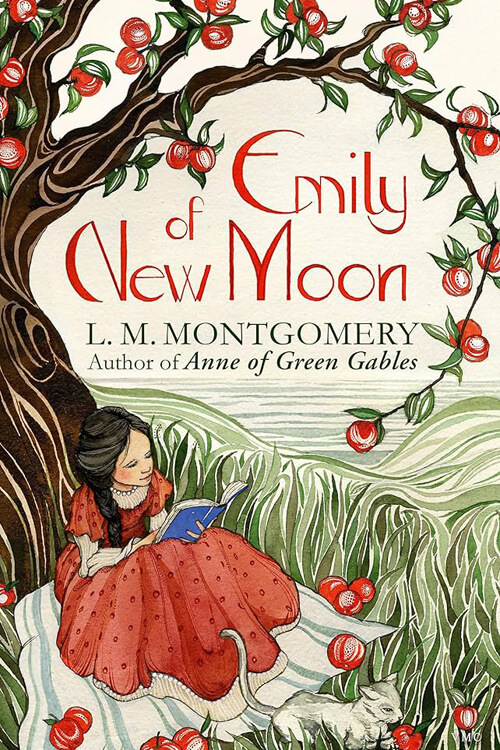
Colour Decoration of Architecture
The History of Art testifies, in all its significant periods, to the keen delight that artists, decorators, and architects have taken in the study of color and its expression in specific harmonious proportions and arrangements for the decoration of buildings. Color was obtained for the adornment of a building by using marbles, metals, enameled bricks, and floor mosaics, which may be classed as permanent coloring and structural, or it was applied, as in painting, wall mosaics, and stained glass. Architects were not content with leaving their buildings grey and drab, for in such past periods, no building was considered complete without its final application of color decoration.
Nature, for the solace of mankind, has made most of her works beautiful by dressing them in colored garments. Birds, insects, stones, gems, trees, flowers, and “weeds of the glorious feature”; the countless phases of the earth, the sea, and the sky with its clouds, when rosy-fingered at dawn, when sunlit in noon-day beauty, or when fringed with the gold and crimsoned fires of the dying day, afford the most apparent evidence that nature delights in rich and bright, as well as in quiet schemes of color harmony. Therefore, if true art is built on the solid ground of nature, color cannot well be divorced from it, for although specific uncolored artistic creations are legitimate enough, they come under the head of illustrations or are portions of colored schemes of decoration, for colorless art, like colorless nature, is almost a contradiction in terms.
When left some time to the weather, even a whitewashed wall will eventually be changed into a variegated surface with delicate tints or suggestions of almost every color. We might also illustrate nature’s dislike for monotonous uniformity of tone if we select any other color, however brilliant or intense, instead of white. The doors and windows of a house may be painted, for example, in a uniform color of the rankest and crudest green imaginable. Still, if left long enough to the effects of the weather, this harsh color will be transformed into a beautiful and variegated harmony of numerous and closely related tones, varying perhaps from greys to emerald greens and peacock blues, or in other words, the rank and uniform harshness of the original color will be eventually oxidized and bleached into a color harmony of variegated beauty.
From our knowledge of the color changes made by sunshine and storm on outside painting and the whitewash, it might be suggested that a country cottage with white walls should have the doors and other woodwork, such as window shutters and frames, painted in solid and rich green, and the window sashes in vermilion. Such a cottage should have a roof of thatch or, failing that, a red-tiled roof. A few months after the house was painted, it would lose any supposed harshness of color it might have had when first done. It would afterward present a pleasant note of subdued richness of color that would be in complete harmony with the country or landscape around it. But if the cottage must have a slate roof and its walls are red brick, then the doors, window shutters, and frames should still be painted green, slightly inclining to yellow, but the window sashes should be painted white.
Read or download Book
James Ward
James Ward (1851–1924) was a Belfast-born artist, author, and teacher. He was an essential figure in the late 19th and early 20th-century Irish and British art scene. He is best known in Ireland for his striking murals in Dublin City Hall, which depict scenes from Dublin’s history. Besides authoring influential textbooks, Ward was an innovative teacher who taught and inspired a generation of Irish artists.
Biography.
James Ward was born on 17 November 1851 at Gavin’s Buildings, Shankill Road, Belfast. He was the son of James Ward, a house painter and decorative artist. Ward studied at the Belfast Government School of Art, and in 1872, he was awarded a scholarship to the National Art Training School, South Kensington, London. While there, he worked with Sir Edward Poynter, who recommended him as an assistant to Sir Frederic Leighton. He assisted Leighton on the two vast murals Peace and War at the Museum of Ornamental Art in London (subsequently South Kensington Museum and now the Victoria and Albert Museum). He was Leighton’s sole assistant until 1887 and wrote an account of the two frescoes for the Magazine of Art. He subsequently worked in art education and was appointed head of the Macclesfield School of Art in 1888. In 1907, he returned to Ireland (at 88 Marlborough Road, Dublin) as headmaster of the Dublin Metropolitan School of Art (now the National College of Art and Design). His innovations included introducing new painting classes in spirit fresco and wood carving. He held that post until he retired in 1918.
Over his career, he exhibited at the Royal Academy of Arts, Belfast Art Society, and the Royal Hibernian Academy, and his designs won prizes at the 1878 Paris Exposition and the 1884 London Health Exhibition.
Ward is best known in Ireland for the mural paintings in Dublin’s City Hall’s rotunda, undertaken on behalf of Dublin Corporation. The twelve frescoes consist of eight scenes from the early history of Dublin and four heraldic panels representing the four provinces of Ireland. They were commenced in 1914 and completed in 1918. Ward was assisted by some of his students in the work, including Harry Clarke and Seán Keating.
On retirement, James Ward went first to England, then to his daughter’s home in Southern Rhodesia (now Zimbabwe). He died there on 18 May 1924.






